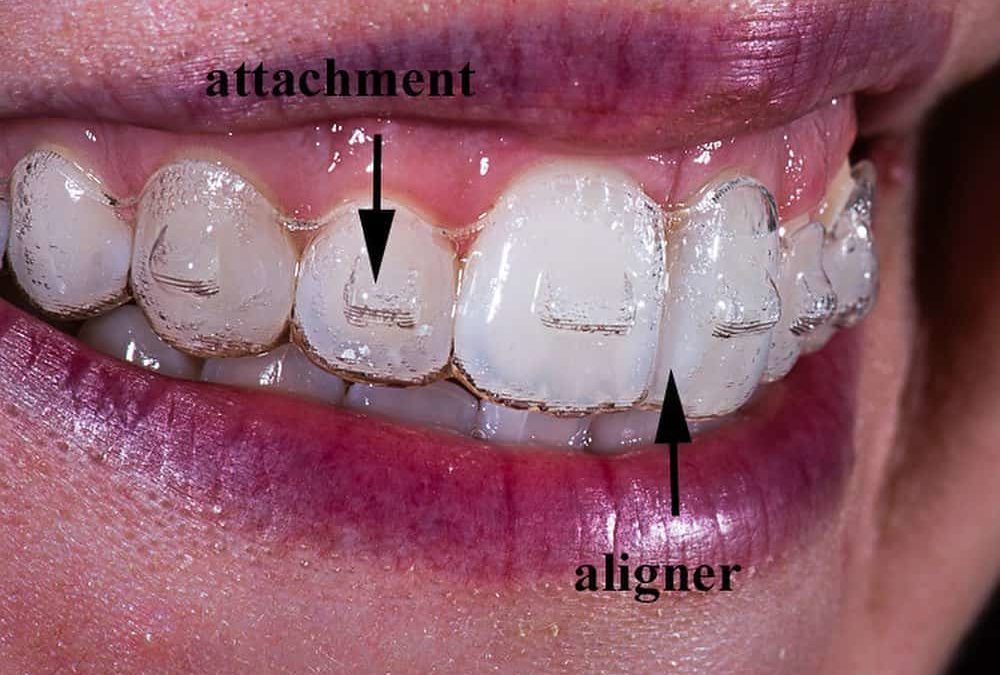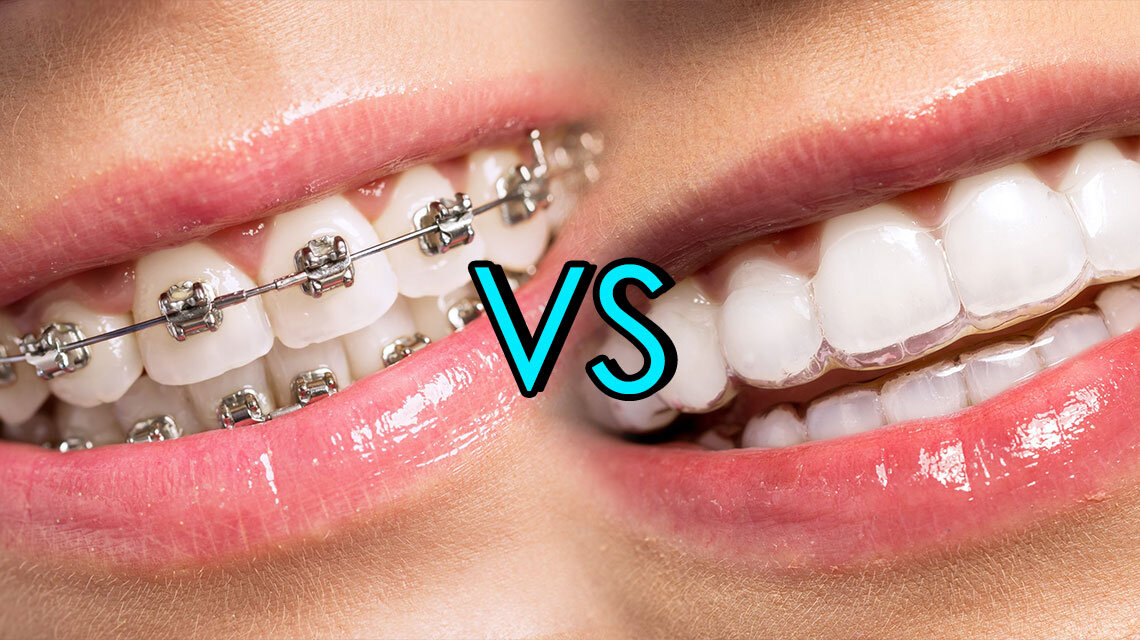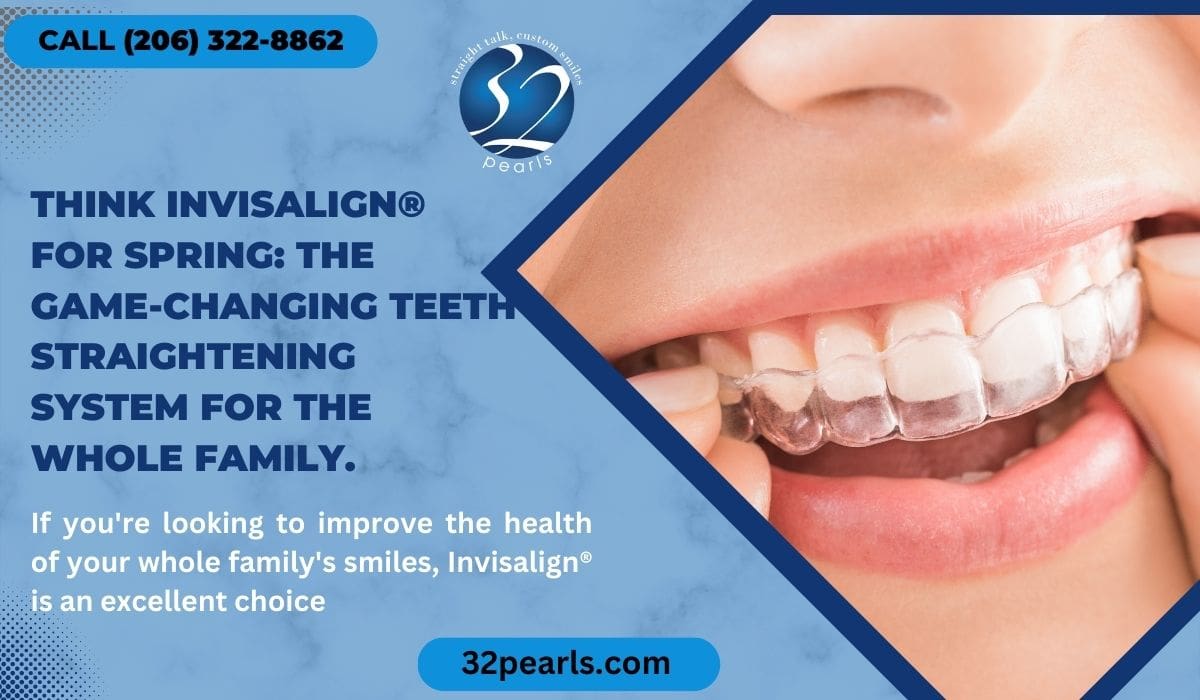The Cost of Invisalign: Comprehending the Investment in Your Smile
The Cost of Invisalign: Comprehending the Investment in Your Smile
Blog Article
Invisalign vs. Conventional Braces: Which Alternative Is Right for You?
When considering orthodontic therapy, the choice between Invisalign and traditional dental braces presents several important elements that merit careful examination. Invisalign uses a discreet option with removable aligners, while standard dental braces give a much more noticeable yet efficient remedy for extreme misalignment.
Summary of Treatment Options

On the other hand, traditional braces consist of steel braces and cables that are adhered to the teeth. This approach uses continual pressure over time to achieve positioning. While efficient for intricate orthodontic problems, conventional braces need regular visits for changes and can position obstacles in maintaining dental hygiene due to the difficulty of cleaning up around braces and cables.
Both choices have their benefits, and the selection often depends upon particular dental problems, way of life choices, and client compliance. Inevitably, getting in touch with an orthodontic professional is crucial for determining one of the most ideal therapy strategy tailored to individual needs. Comprehending the subtleties of each alternative can considerably influence the overall success of orthodontic treatment.
Aesthetic Considerations
A significant factor affecting the choice in between Invisalign and typical braces is the aesthetic charm each therapy uses. Invisalign aligners are crafted from clear plastic, making them virtually invisible when used.
On the other hand, conventional dental braces contain steel braces and wires, which can be a lot more noticeable. While improvements in orthodontic technology have actually caused the growth of smaller brackets and colored elastics, standard braces still preserve a more conspicuous account. For some individuals, the visibility of dental braces may prevent them from seeking needed therapy.
Inevitably, the option in between Invisalign and traditional braces may hinge on personal choices regarding looks. People who focus on discretion usually lean towards Invisalign, while those who are less worried concerning visibility might opt for conventional dental braces. Comprehending the visual ramifications of each choice is important for making an educated decision that lines up with one's lifestyle and preferences.
Comfort and Convenience

In regards to ease, Invisalign aligners are detachable, making it possible for patients to enjoy their preferred foods without restriction and keep optimal dental health. Brushing and flossing are simplified, as the aligners can be secured during these regimens, whereas standard dental braces call for mindful maneuvering around cables and braces.
In comparison, traditional dental braces demand routine modifications, making them much less hassle-free for those with hectic timetables. Overall, the convenience and comfort of Invisalign make it an appealing option for many individuals looking for orthodontic therapy.
Treatment Duration and Effectiveness
While both Invisalign and conventional dental braces work in correcting oral misalignments, the period of therapy can vary substantially between both choices. Normally, Invisalign treatment can take anywhere from 12 to 18 months, depending upon the complexity of the instance. The clear aligners function by progressively changing teeth into their desired settings, and routine follow-ups with an orthodontist help ensure development remains on track.
On the other hand, typical braces frequently call for a longer commitment, generally varying from 18 months to 3 years. This results from their set nature and using braces and cables, which can be much more reliable for severe imbalances and complicated instances (Invisalign). The therapy performance of typical braces is well-documented, as they permit accurate adjustments and higher control over tooth activity
Eventually, the option between Invisalign and conventional braces might depend upon both the anticipated treatment duration and the certain dental problems available. Consulting with an orthodontist is important, as they can supply customized referrals based on private demands, making sure the selected technique straightens with preferred results and timeframes.
Expense Contrast and Insurance Policy Options
Cost plays a substantial role in the decision-making procedure for people considering orthodontic treatment, whether choosing Invisalign or traditional dental braces. On standard, the price of Invisalign varieties from $3,000 to $8,000, while standard dental braces commonly set you back between $2,000 and $6,000. Aspects influencing these prices consist of the intricacy of the case, the duration of treatment, and geographical location.
Insurance policy insurance coverage can dramatically impact out-of-pocket expenses. Many oral insurance plans provide partial coverage for orthodontic treatments, but the specifics can differ commonly. It is crucial for individuals to review their insurance plans to identify the degree of coverage for either additional info choice. Normally, conventional braces might be extra regularly covered by insurance strategies contrasted to Invisalign, which some insurance companies classify as a cosmetic treatment.
Furthermore, a number of orthodontic methods supply versatile layaway plan, making both treatment alternatives extra accessible. Patients must make inquiries regarding possible financing options and discounts for ahead of time repayments. Reviewing the overall price, including insurance policy benefits and layaway plan, is crucial for making an educated decision that aligns with both visual preferences and budget considerations.

Conclusion
In summary, the choice between Invisalign and typical dental braces depends upon several variables, news including aesthetic preferences, convenience, therapy period, and cost. Invisalign provides a discreet, removable choice that facilitates dental hygiene and nutritional flexibility, while standard dental braces may be more ideal for complex oral issues and usually come at a reduced cost point. Ultimately, appointment with an orthodontist is vital to examine private circumstances and establish the most ideal treatment option for attaining ideal oral positioning.
When considering orthodontic therapy, the option in between Invisalign and standard braces provides several vital elements my sources that warrant cautious evaluation.Contrasting Invisalign and traditional dental braces reveals unique treatment choices for orthodontic correction.While both Invisalign and standard braces are efficient in dealing with dental imbalances, the duration of therapy can differ considerably in between the two choices.Price plays a considerable duty in the decision-making process for individuals taking into consideration orthodontic treatment, whether choosing for Invisalign or typical braces.In summary, the option in between Invisalign and typical braces pivots on several factors, including visual choices, comfort, treatment duration, and price.
Report this page